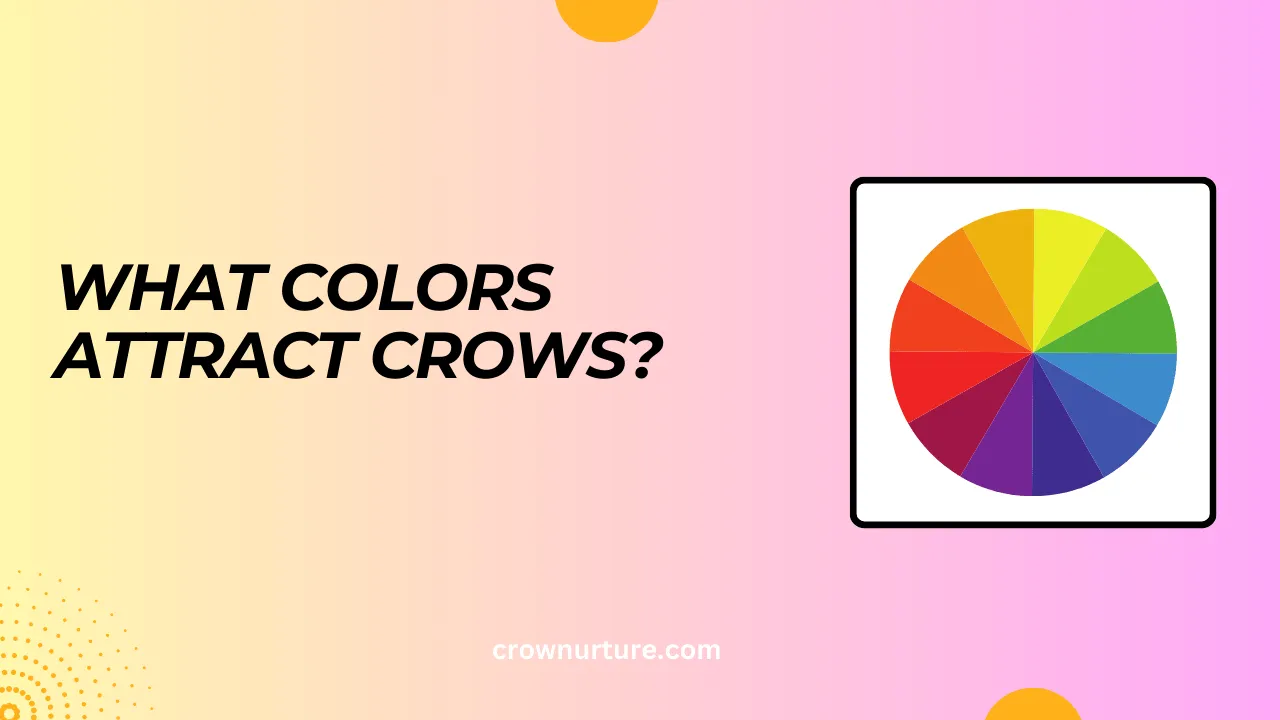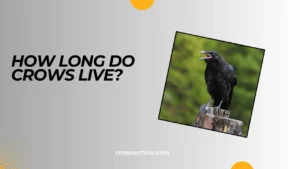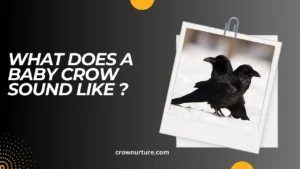Crows are among the most fascinating creatures in the bird kingdom, known for their intelligence, problem-solving skills, and intriguing behaviors. One curious aspect of their nature is their reaction to color—a subject that has intrigued scientists, bird watchers, and gardeners alike.
But what colors, if any, hold a special appeal to these clever birds? Understanding what colors attract crows can reveal much about their behavior and perception.
From the shiny trinkets they seem to covet to the hues that might signal food or danger, color plays a significant role in their interaction with the world. This insight can help us build a deeper connection with nature or even solve practical problems like keeping crows away from gardens.
In this article, we’ll explore the science behind crow vision, their unique preferences for certain colors, and how their attraction to hues influences their foraging and nesting habits.
Whether you’re looking to attract these intelligent birds or deter them from your property, the secrets behind their color fascination are sure to intrigue you.
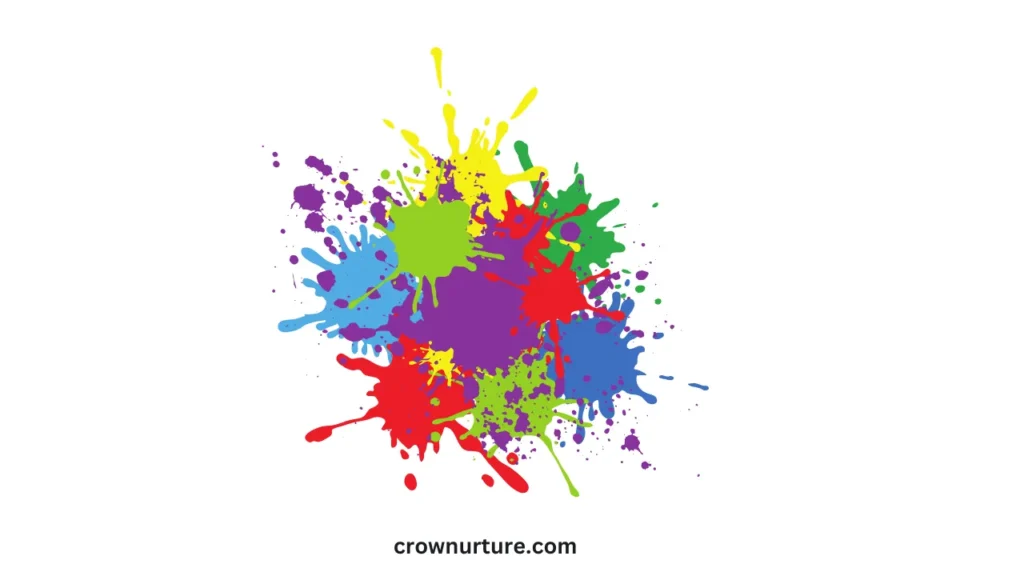
Contents
1. Understanding Crow Vision
Crows have remarkable eyesight, allowing them to perceive a wide range of colors. Unlike humans, they can also detect ultraviolet (UV) light, which adds another dimension to their visual world.
This ability helps them locate food, spot predators, and interact with their environment more effectively. Their contrast sensitivity is another strength.
Crows are drawn to high-contrast visuals, which can make bright or shiny objects especially appealing. This skill helps them identify ripe fruits or shiny insects even from a distance.
Interestingly, UV sensitivity might also explain why certain colors, particularly bright and reflective hues, catch their attention more than others. This unique visual capability makes them both opportunistic foragers and curious explorers.
2. The Psychology of Color and Crows
Crows have a knack for associating colors with experiences. If a color is linked to food or safety, they may seek it out repeatedly. On the other hand, if a color signals danger, they learn to avoid it—a testament to their incredible memory and intelligence.
Conditioning and learning play a huge role in shaping their preferences. For instance, a crow that finds food near a red object might become more attracted to red. Over time, these learned behaviors could even be passed on to other crows through cultural transmission—a phenomenon observed in crow communities.
This psychological association with colors explains why crows sometimes appear drawn to specific hues or objects and showcases their adaptability in an ever-changing world.
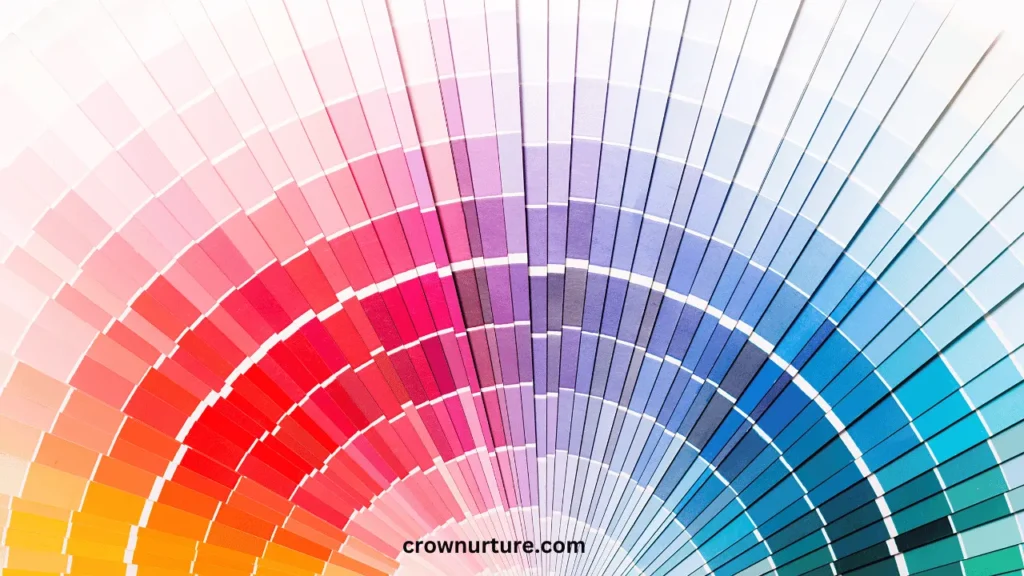
3. Colors That Attract Crows
Crows are often attracted to bright colors like red, blue, and green. These hues stand out in their environment and may resemble ripe fruits or other food sources. Shiny objects, such as metallic surfaces or glass, also fascinate crows due to their reflective properties.
Their preference for shiny and contrasting items is not just about curiosity. These objects might mimic natural resources like water or dew-covered leaves, which crows associate with survival. They are natural hoarders, sometimes collecting colorful items to decorate their nests or stash away.
While there isn’t conclusive evidence pointing to a single favorite color, it’s clear that crows’ attraction to certain hues stems from their survival instincts and inquisitive nature.
4. Deterring Crows with Color
Just as some colors attract crows, others can deter them. Bright orange and yellow are often used in scare tactics, as these colors can signify danger or caution. Reflective tape and other shiny deterrents, while attractive in small objects, can also startle crows when used in large, moving patterns.
Visual deterrents like colorful scarecrows or flags combine motion and contrasting colors to confuse or frighten the birds. While not foolproof, these methods can reduce crow activity in areas where they’re not welcome, such as gardens or farmlands.
Using color-based repellents in combination with other tactics, such as sound or physical barriers, can provide a multi-layered approach to managing crow presence effectively.
5. Scientific Studies and Research
Field studies have shown that crows are highly responsive to color stimuli, especially in environments where food is involved. In experiments, they’ve demonstrated preferences for items with specific hues, particularly those resembling natural food sources.
Controlled studies have also tested crows’ responses to reflective surfaces and contrasting patterns, revealing their affinity for objects that mimic shiny berries or insects. These findings suggest that their color preferences are deeply rooted in their foraging instincts.
Future research could focus on understanding how regional differences, diet, and habitat influence crows’ attraction to colors, paving the way for new insights into their behavior and cognition.
Conclusion
Crows’ attraction to colors is a fascinating blend of biology, psychology, and learned behavior. Their ability to perceive a broad spectrum of hues, including UV light, helps them thrive in diverse environments. Bright and shiny objects not only catch their attention but also reveal their resourceful and curious nature.
By understanding the colors that attract or repel crows, we can learn more about these intelligent birds and their interactions with the world. Whether you’re a bird lover hoping to attract crows or someone looking to deter them, harnessing the power of color is a practical and insightful approach.
Further studies into this intriguing subject will continue to uncover the complex and colorful world as seen through the eyes of these extraordinary creatures.
FAQs
1. What colors are most attractive to crows?
Bright colors like red, blue, and green, as well as shiny or metallic objects, are highly attractive to crows.
2. Why do crows like shiny objects?
Crows are naturally curious and associate shiny objects with water or food, which makes them appealing.
3. Can crows see ultraviolet light?
Yes, crows can see ultraviolet light, which enhances their ability to detect objects in their environment.
4. What colors can deter crows?
Bright orange, yellow, and reflective deterrents are often effective in keeping crows away.
5. Do crows have a favorite color?
While there isn’t a definitive favorite, crows are often drawn to bright and contrasting hues.
6. How do shiny objects affect crow behavior?
Shiny objects stimulate crows’ curiosity and may lead them to investigate or collect these items.

